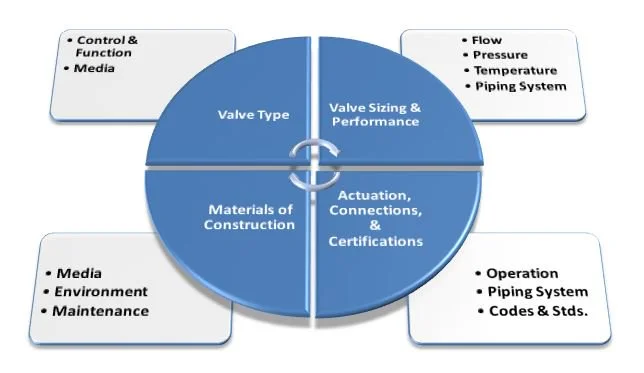Gate Valves
A gate or sluice valve is a simple, on-off valve that uses a sliding “gate” mechanism to either block or allow flow. This works best for materials flowing in a straight line or if any particular part of the pipeline needs to be isolated. Some popular uses for gate valves: corrosive liquids, neutral liquids, fibrous suspensions, slurry and lubricating powders such as talcum or graphite.
Rotary Ball Valves
A rotary ball valve serves the same function as a gate valve, on-off, but uses a structure similar to a ball which has channels going through it. The ball can be rotated so that the channels allow fluids to pass through or so that the channels are pointing perpendicular to flow, blocking it. Uses are also similar to those of gate valves: slurry, corrosive liquids and corrosive, vacuum or neutral gases and isolating pipeline sections.
Plug Valves
The plug valve is yet another on-off valve that uses a cylinder with channels and is rotated similar to a rotary ball valve. As you may expect, uses are identical with those of rotary ball valves.
Diaphragm Valves
Diaphragm or membrane valves have a diaphragm which is moved up and down and in doing so will open or close the valve. Not only do diaphragm valves act as an on-off switch, but they also allow flow control/regulation by being partially open.
Only the diaphragm itself is exposed to transient materials during use, meaning that a compliant diaphragm can be used for applications in which a non-contaminating environment is necessary, such as the pharmaceutical, beverage and food industries. Diaphragm valves can also be used for hygienic, corrosive or neutral fluids, fibrous suspensions, slurry and gases.

